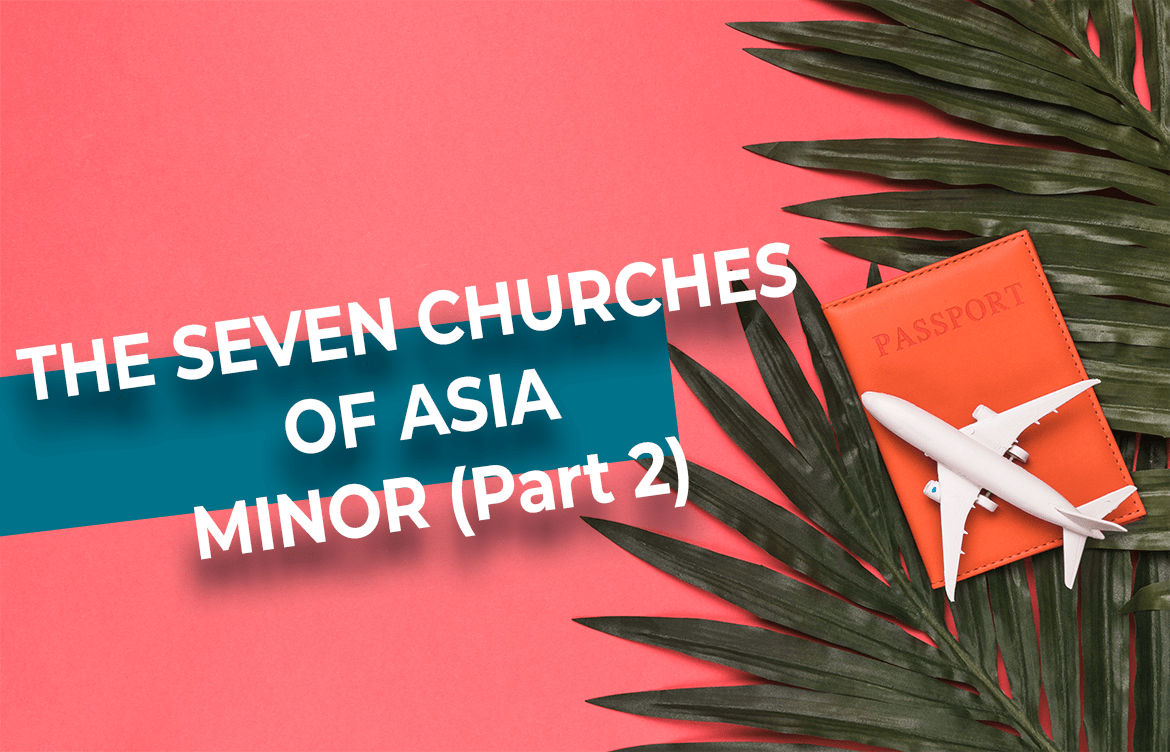Asia Minor or Anatolia* is a large peninsula that extends from Asia towards Europe, and whose center is a huge undulating plateau. The Pontic Mountains to the north and the Tauros Mountains to the south prevent rain on this plateau, except for a short period of time in winter. Along the Mediterranean and Black Sea coasts, deep, narrow bays where ships could take shelter are scarce. The east of the peninsula is covered with high mountains: Ararat (known as the place where the remains of Noah’s Ark are believed to be located), at 5,137 meters, is the highest. It is through these eastern lands, between high mountains, where the tributaries of two of the rivers of Eden flow: the Tigris and the Euphrates. To the east of the peninsula the landscape changes completely. Thanks to its geography, it is here, in western Anatolia, the quot; Asia of the Romans, where Roman culture flourished. Here the mountains are lower, and thanks to its position relative to the sea the rain reaches their lands. In the valleys, which extend between eroded peaks, there are rivers that carry water from the frozen mountains in spring and dry up in summer.
From the Greek anatolé, which means East. The term derives from the same root as sunrise and is used to refer to the East or East, that is, the place where the sun rises.
** The word is believed to derive from Assuwa, the name by which the region is known according to Hittite texts.
Golden figure of a woman found in the Temple of Artemis in Ephesus. End of the VIl silo – beginning of the VI century.C. Archaeological Museum of Ephesus. Selcuk.
The Caico (Bakirçay), Hermo (Gediz), Caistro (Küçük Menderes) and Meander (Büyük Menderes) rivers stand out. The roads that followed these rivers were the only trade routes between the east coast and central Anatolia. Much of Turkey’s cotton and tobacco production is produced in this region. The slopes of the mountains are covered with vineyards and orchards with fig, pomegranate, and other fruit trees. Olive oil and wine have been two of the most important products of the region since Antiquity. Its irregular coasts give rise to hundreds of deep coves sheltered from the Aegean wind, which encouraged the construction of ports. The eastern coast of Anatolia is believed to have been densely populated during the Late Bronze Age (1500-1200 BC). Some of these settlements, such as Troy and ancient Smyrna (Bayrakli), have been inhabited since the third millennium. Around 1190 BC, the peaceful situation in the region changed abruptly. It is believed that mysterious hordes called “the people of the sea” They began a series of revolts throughout the Aegean world that spread through Anatolia, Cyprus, and Syria, until reaching Egypt. According to the Egyptians, nothing could stop the advance of these hordes. Their arrival is related to the end of the Mycenaean Empire in Greece and the Hittites in Anatolia. It is believed that between the 9th and 7th centuries BC.




